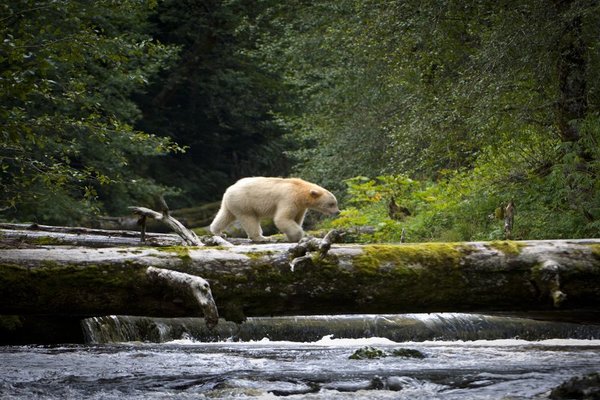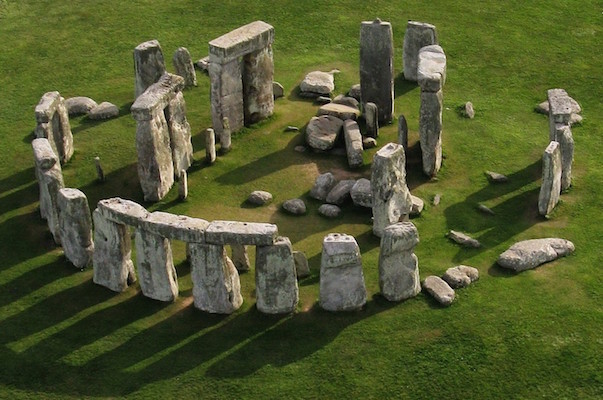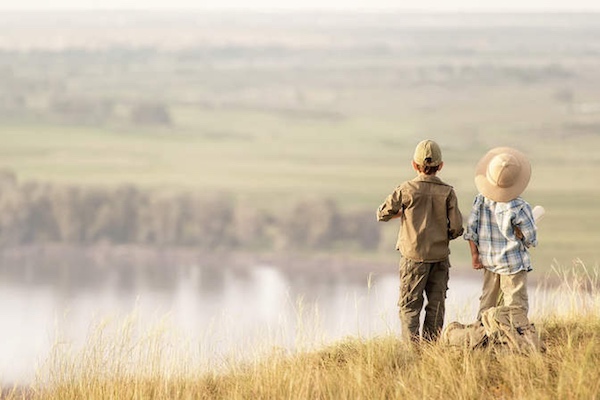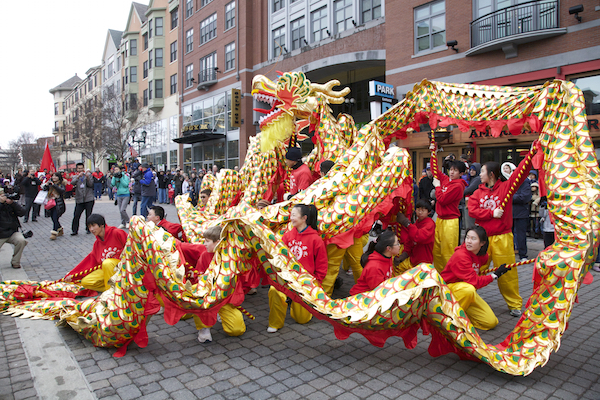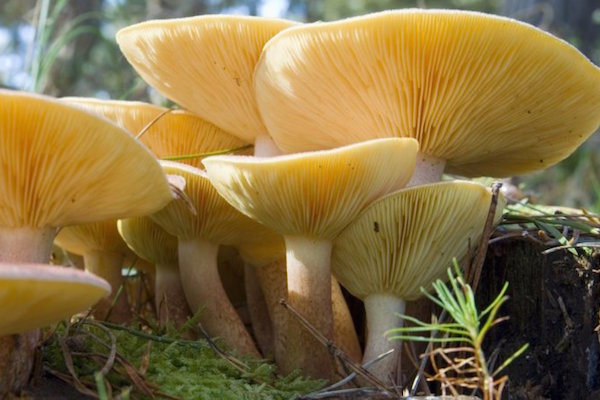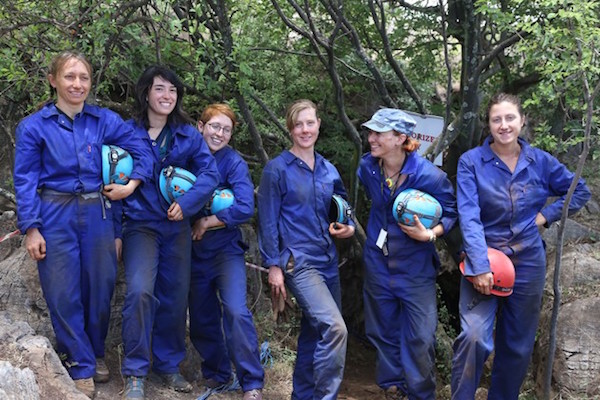A landmark deal 10 years in the making will protect 9.1 millions acres of Canadian rain forest on the Pacific Coast of British Columbia. The new land-use order — reached between aboriginal groups known as First Nations, environmental groups and logging companies — designates 85 percent of the forest land as permanently protected from logging.
Continue reading... →The city of Madrid, Spain is spending millions to expand existing parks, while covering as many roofs and walls as possible with greenery in order to decrease rising summer temperatures in the city. Twenty-two vacant lots will also be turned into urban gardens while paved squares will become parks that can suck up rainfall. Planting gardens on roofs, and adding plants on outdoor walls, helps insulate buildings so they can save energy, and helps reduce street noise. But it also helps bring down local temperatures by shading pavement and by releasing evaporated water that can create clouds.
Continue reading... →Medical students at The Goldring Center for Culinary Medicine at Tulane University learn to cook and teach community members about nutrition, as a form of preventive care. This training will allow these future doctors to educate patients on healthier eating, leading to disease prevention.
Continue reading... →Presenting scientific research and his own observations in highly anthropomorphic terms, the matter-of-fact Mr. Wohlleben has delighted readers and talk-show audiences alike with the news — long known to biologists — that trees in the forest are social beings. They can count, learn and remember; nurse sick neighbors; warn each other of danger by sending electrical signals across a fungal network known as the “Wood Wide Web”; and, for reasons unknown, keep the ancient stumps of long-felled companions alive for centuries by feeding them a sugar solution through their roots.
Continue reading... →The remains of 14 women believed to be of high status and importance have been found at Stonehenge, the iconic prehistoric monument in Wiltshire, England. The discovery, along with other finds, supports the theory that Stonehenge functioned, at least for part of its long history, as a cremation cemetery for leaders and other noteworthy individuals, according to a report published in the latest issue of British Archaeology. During the recent excavation, more women than men were found buried at Stonehenge, a fact that could change its present image. In almost every depiction of Stonehenge by artists and TV re-enactors we see lots of men, a man in charge, and few or no women,” archaeologist Mike Pitts, who is the editor of British Archaeology and the author of the book “Hengeworld,” told Discovery News. “The archaeology now shows that as far as the burials go, women were as prominent there as men. This contrasts with the earlier burial mounds, where men seem to be more prominent.” Pitts added, “By definition — cemeteries are rare, Stonehenge exceptional — anyone buried at Stonehenge is likely to have been special in some way: high status families, possessors of special skills or knowledge, ritual or […]
Continue reading... →Today is Imbolc, the first day of Spring, one of the four Celtic seasonal holidays that fall on the calendar mid-points between the equinoxes and solstices. Like most Pagans, I honor Brigid, the Goddess associated with: the water of holy wells, the hearth fire, the fertile earth of Spring and mental air energy needed to create poetry. She also offers needed protection. But what does Brigid have to do with the Chinese Dragon? To answer this question, first keep in mind this Asian mythological character is benevolent, protective, and inspiring— quite the opposite of the Western Dragon. In China and around the world where Chinese have settled, the Dragon’s appearance is the highlight of community gatherings. Chinese New Year is the most important holiday for Chinese worldwide. It falls on the new moon between January 21st and February 20th. This year Chinese New Year is February 8. On the West Coast of the United States where I live, the Chinese Dragon plays a prominent public role, and not just for the Chinese community. Parades and diverse events draw massive crowds of varied lineages. During this festival season, which lasts from the New Moon to the Full Moon, a spectacular 268-foot […]
Continue reading... →Whether it’s setting up a distributed network or devising the best way to share resources, businesses are learning that the natural world has a lot of these things figured out. An LGBTQ activist, a green-business consultant, and a nun walk into a redwood forest… New take on an old joke, right? But it really happened. These three were just a few of a diverse set of participants who took part in the first-ever training linking social innovation and biomimicry. The practice of looking to emulate nature for innovation and sustainable solutions (a.k.a. biomimicry) has been on the rise for decades. Since the 1997 publication of Janine Benyus’s seminal book Biomimicry: Innovation Inspired by Nature, the methodology has especially taken root in the fields of design, architecture, and engineering. There are hundreds of biomimetic examples–like the bullet train that borrows the aerodynamic form of a kingfisher’s beak; or non-toxic adhesives inspired by blue mussels. Now biomimicry is taking root in social innovation and could no doubt be adaptable in organizational behavior more generally. It’s not just about nature’s “design.” The living world also has much to teach us about adaptation, resilience, cooperation, and networked systems that thrive functioning together. What if your company could distribute […]
Continue reading... →Lee Berger led a team of trowel-blazing scientists behind one of the richest collections of hominin fossils ever discovered Lee Berger put his ad up on Facebook on October 7th, 2013. He needed diggers for an exciting expedition. They had to have experience in palaeontology or archaeology, and they had to be willing to drop everything and fly to South Africa within the month. “The catch is this—the person must be skinny and preferably small,” he wrote. “They must not be claustrophobic, they must be fit, they should have some caving experience, climbing experience would be a bonus.”“I thought maybe there were three or four people in the world who would fit that criteria,” Berger recalls. “Within a few days, I had 60 applicants, all qualified. I picked six.” They were all women and all skinny—fortunately so, given what happened next. Berger, a palaeoanthropologist at the University of the Witwatersrand, sent them into the Rising Star Cave, and asked them to squeeze themselves through a long vertical chute, which narrowed to a gap just 18 centimeters wide. That gap was all that separated them from the bones of a new species of ancient human, or hominin, which the team named […]
Continue reading... →